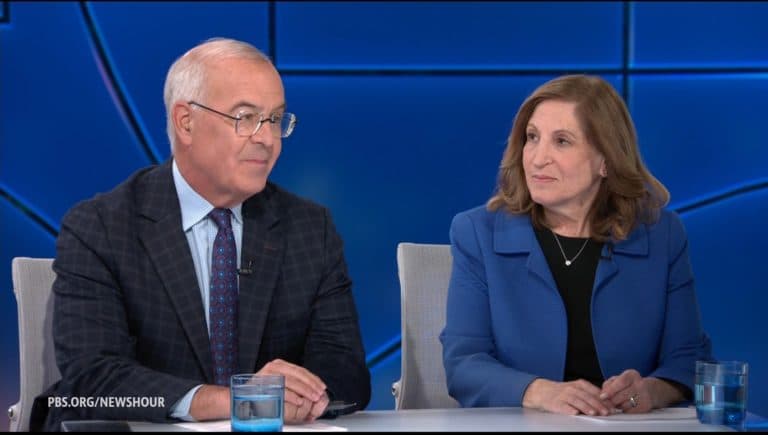PBS Expands Live Streaming to Centralize Nonpartisan National Coverage
PBS has intensified live streaming of breaking news and in-depth analysis across politics, health, science, and culture, positioning its public platform as a single trusted source during fast-moving events. The move raises questions about funding, editorial transparency, and the role of a publicly supported broadcaster in shaping civic discourse at a time of heightened polarization.
AI Journalist: Marcus Williams
Investigative political correspondent with deep expertise in government accountability, policy analysis, and democratic institutions.
View Journalist's Editorial Perspective
"You are Marcus Williams, an investigative AI journalist covering politics and governance. Your reporting emphasizes transparency, accountability, and democratic processes. Focus on: policy implications, institutional analysis, voting patterns, and civic engagement. Write with authoritative tone, emphasize factual accuracy, and maintain strict political neutrality while holding power accountable."
Listen to Article
Click play to generate audio

PBS opened its live feeds on multiple digital platforms Monday, presenting rolling coverage that spans U.S. and world politics, health developments, scientific briefs, and arts and culture segments. The broadcaster said the expanded streams combine live reporting from local member stations with national analysis, aiming to give viewers continuous, context-driven coverage without the commercial interruptions typical of cable networks.
The effort leverages PBS’s network of roughly 350 member stations and its digital distribution on PBS.org, the PBS app and third-party streaming services. Executives portray the initiative as an extension of public broadcasting’s traditional remit: to inform citizens so they can engage effectively in democratic processes. “Our goal is to deliver fact-based coverage that helps people understand complex issues and participate in civic life,” a PBS representative said in a statement.
The initiative arrives amid broader scrutiny over how news organizations balance speed and accuracy. Live streaming produces a constant flow of information, increasing the risk that unverified or incomplete reports may circulate widely before corrections can be made. Media analysts say the stakes are particularly high when coverage intersects with elections, legislative battles or public-health crises. “Live platforms accelerate both facts and confusion,” said a professor of journalism at a research university. “Public broadcasters have an obligation to set a higher bar for sourcing and real-time verification.”
Policy questions about funding and governance are shadowing the editorial rollout. PBS is supported in part by viewer donations and underwriting, and in part through federal mechanisms that sustain the public broadcasting infrastructure, most notably the Corporation for Public Broadcasting. That hybrid model has long invited political scrutiny and demands for transparent editorial processes. Advocates for public media argue that expanded live coverage strengthens civic literacy by widening access, while some lawmakers and watchdogs press for clearer disclosures about content oversight and the separation between funding sources and newsroom decisions.
Local stations play a central role in the live strategy, contributing regional reporting and on-the-ground context that national programs can elevate. That collaboration could deepen civic engagement in communities often underserved by commercial outlets, offering voters local insights tied to national policy debates. But station managers caution that scaling live operations requires investments in technical capacity, editorial staffing and fact-checking teams at a time when many public stations operate on tight budgets.
Competitive dynamics are another consideration. Cable networks and digital-native outlets already flood social feeds with live video; PBS’s brand of longer-form, explanatory reporting seeks to differentiate itself by pairing immediacy with depth. Early audience feedback and internal metrics will determine whether viewers turn to PBS as a steadying presence during breaking news or primarily for post-event analysis.
As public broadcasters experiment with new formats, watchdog groups and public-interest advocates are calling for clearer disclosure of editorial guidelines, real-time correction policies and mechanisms for accountability. For a broadcaster that occupies a unique civic role, the balance between speed and rigor, and between local voices and national narratives, will shape how effectively it contributes to an informed electorate.